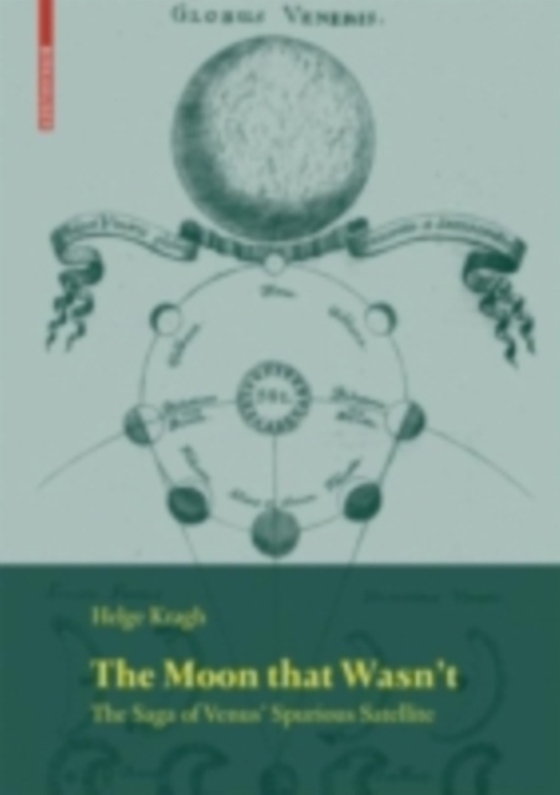
Moon that Wasn't e-bog
1094,16 DKK
(ekskl. moms 875,33 DKK)
The planet Venus is the closest neighbour to the Earth and in several respects similar to our globe. It revolves around the Sun at an average distance of 0. 72 astronomical units, in an elliptical orbit of eccentricity 0. 007. The corresponding 3 numbers for the Earth are 1 and 0. 017. The mean density of Venus is 5. 2 g/cm , 3 that of the Earth 5. 5 g/cm . Venus' acceleration of gravity at its...
E-bog
1094,16 DKK
Forlag
Birkhauser
Udgivet
6 november 2008
Genrer
Philosophy of science
Sprog
English
Format
pdf
Beskyttelse
LCP
ISBN
9783764389093
The planet Venus is the closest neighbour to the Earth and in several respects similar to our globe. It revolves around the Sun at an average distance of 0. 72 astronomical units, in an elliptical orbit of eccentricity 0. 007. The corresponding 3 numbers for the Earth are 1 and 0. 017. The mean density of Venus is 5. 2 g/cm , 3 that of the Earth 5. 5 g/cm . Venus' acceleration of gravity at its equator is 8. 9 2 2 m/s , compared with 9. 8 m/s at the Earth. The escape velocity is 10. 4 km/s, while the corresponding ?gure of the Earth is 11. 2 km/s. Although the mass of Venus is somewhat smaller than that of the Earth - the ratio is M /M =0. 815 V E - the diameters of the two planets are almost the same. In other words, Venus is indeed a sister planet of the Earth. In earlier times, when almost nothing was known about the physical con- tions of Venus, the similarity appeared even stronger than today. Not only was Venus' period of rotation thought to be close to that of the Earth, it was also p- sible (and indeed common) to imagine intelligent life on Venus.
 Dansk
Dansk

